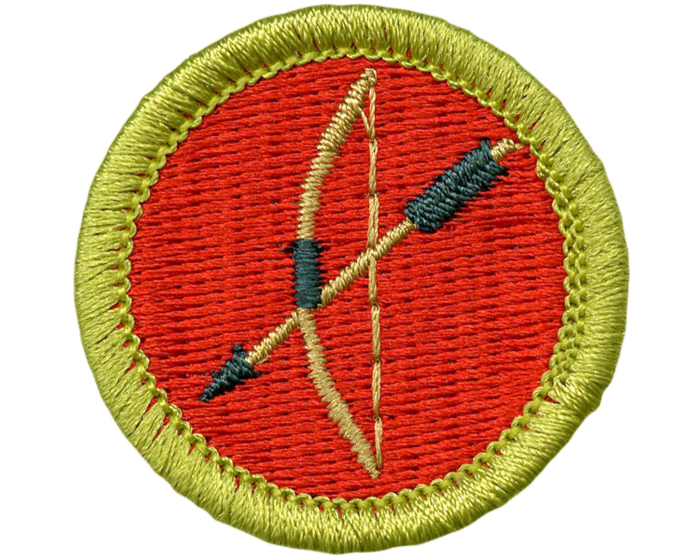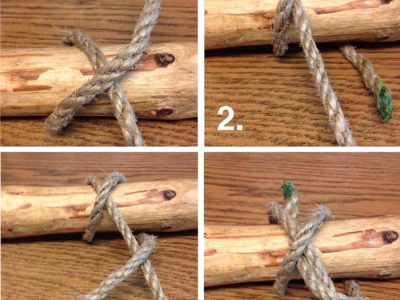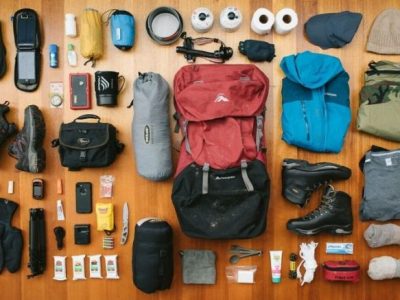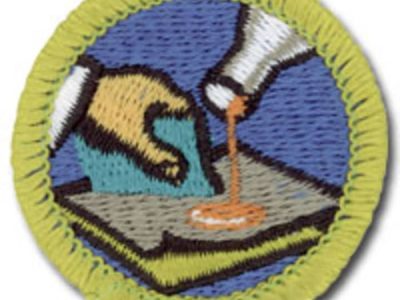Waterproof clothing is an essential element of any scout’s gear, providing protection from the elements and ensuring a comfortable and successful outdoor experience. From materials and technologies to types and care, this comprehensive guide covers everything you need to know about choosing and maintaining waterproof clothing for scout adventures.
When selecting waterproof clothing, consider factors such as climate, activity level, and budget. Different materials offer varying levels of breathability, durability, and waterproofing. Seam sealing and DWR coatings enhance waterproofing, while features like adjustable hoods, pit zips, and storm flaps provide additional protection.
Materials and Technologies

Waterproof clothing is essential for outdoor enthusiasts, providing protection from rain, snow, and wind. The effectiveness of waterproof clothing depends on the materials and technologies used in its construction.
The most common material used in waterproof clothing is nylon. Nylon is a lightweight, durable, and abrasion-resistant fabric that is also waterproof and breathable. Other materials used in waterproof clothing include polyester, polyurethane, and Gore-Tex.
Materials
- Nylon:Lightweight, durable, abrasion-resistant, waterproof, breathable.
- Polyester:Lightweight, wrinkle-resistant, water-resistant, breathable.
- Polyurethane:Waterproof, breathable, flexible.
- Gore-Tex:Waterproof, breathable, windproof.
Technologies
In addition to the materials used, waterproof clothing also relies on a variety of technologies to enhance its waterproofing capabilities.
- Seam sealing:The seams of waterproof clothing are often sealed with a waterproof tape or sealant to prevent water from leaking through.
- DWR coatings:Durable water repellent (DWR) coatings are applied to the outer fabric of waterproof clothing to help repel water and prevent it from soaking in.
Types of Waterproof Clothing

When choosing waterproof clothing for scout adventures, there are various types available to suit different needs and activities. These include jackets, pants, and accessories, each designed with specific features to provide protection from the elements.
Jackets
Waterproof jackets are essential for keeping the upper body dry and warm. They come in different lengths and styles, from short waist-length jackets to longer parkas that extend below the hips. Some jackets feature hoods for added protection from rain and wind.
They are typically made from waterproof and breathable fabrics that allow moisture to escape while keeping water out.
Pants
Waterproof pants are designed to keep the lower body dry and protected from rain, snow, and mud. They are often made from durable materials that can withstand wear and tear during outdoor activities. Some pants have adjustable waistbands and leg openings to ensure a comfortable fit.
They may also feature pockets for storage and zippers for easy on and off.
Accessories
In addition to jackets and pants, various waterproof accessories can enhance protection during scout adventures. These include hats, gloves, and gaiters. Waterproof hats shield the head and face from rain, while waterproof gloves keep hands dry and warm. Gaiters are worn over boots to prevent water and debris from entering from the top.
Choosing the Right Waterproof Clothing

When selecting waterproof clothing for scout adventures, consider the climate, activity level, and budget. For wet and cold environments, opt for breathable, insulated garments that provide warmth and protection from the elements. For moderate rain or higher activity levels, choose lightweight, packable jackets or pants with good breathability.
Determine the appropriate size by measuring chest, waist, and inseam, ensuring the clothing fits snugly without restricting movement. Ensure proper coverage by checking that the jacket extends below the waist and the pants reach the ankles.
Fit and Coverage
Proper fit and coverage are crucial for effective waterproofing. Measure your chest, waist, and inseam to determine the correct size. The jacket should fit snugly without restricting movement, extending below the waist for adequate coverage. The pants should reach the ankles to prevent water from seeping in.
Check for adjustable features such as drawcords or Velcro straps to customize the fit and ensure a secure seal.
Climate and Activity Level
Consider the climate and activity level when selecting waterproof clothing. For cold and wet environments, choose insulated garments with breathable fabrics that trap body heat while allowing moisture to escape. For moderate rain or higher activity levels, opt for lightweight, packable jackets or pants with good breathability to prevent overheating.
Budget
Waterproof clothing can vary in price depending on the materials, features, and brand. Determine a budget that aligns with your needs and consider the frequency of use. Higher-quality garments may come with a higher price tag but offer greater durability and performance.
Explore options from reputable brands known for their quality and customer satisfaction.
Care and Maintenance of Waterproof Clothing: Waterproof Clothing For Scout Adventures
Extending the lifespan of waterproof clothing requires proper care and maintenance. Regular cleaning, drying, and storage techniques contribute to its longevity and effectiveness.
Cleaning
Clean waterproof clothing promptly after use to remove dirt and debris. Use lukewarm water and a mild detergent specifically designed for waterproof fabrics. Avoid harsh detergents, bleach, or fabric softeners that can damage the waterproof coating.
Hand washing is preferred over machine washing. If machine washing is necessary, use a gentle cycle and avoid using hot water or a dryer.
Drying, Waterproof clothing for scout adventures
Dry waterproof clothing thoroughly after cleaning. Hang it to air dry or tumble dry on a low heat setting. Do not iron waterproof clothing, as heat can damage the coating.
Storage
Store waterproof clothing in a cool, dry place away from direct sunlight. Hang or fold the clothing loosely to prevent creases or damage to the waterproof coating. Avoid storing waterproof clothing in plastic bags, as it can trap moisture and cause mildew.
Repairing Minor Tears or Leaks
Small tears or leaks in waterproof clothing can be repaired using a waterproof sealant or repair kit specifically designed for the fabric type. Follow the manufacturer’s instructions carefully to ensure a proper repair.
Accessories and Gear
Waterproof clothing alone is not enough to keep scouts fully protected and comfortable during their adventures. Essential accessories and gear play a crucial role in enhancing the effectiveness of waterproof clothing.
- Hats:Wide-brimmed hats shield the face, neck, and ears from rain and wind. They also provide sun protection.
- Gloves:Waterproof gloves keep hands warm and dry, ensuring dexterity and grip.
- Gaiters:These leg coverings extend over the top of boots, preventing water and debris from entering.
- Backpacks:Waterproof backpacks protect gear from moisture, ensuring that essential items remain dry.
These accessories work in conjunction with waterproof clothing to create a comprehensive system that keeps scouts dry, comfortable, and protected from the elements, allowing them to fully enjoy their outdoor adventures.
Closing Notes

By choosing the right waterproof clothing and accessories, scouts can stay dry, comfortable, and focused on their adventures. Proper care and maintenance will extend the lifespan of waterproof gear, ensuring it remains a reliable companion for years to come.
FAQ
What are the different types of waterproof clothing?
Waterproof clothing includes jackets, pants, hats, gloves, and gaiters, each designed for specific activities and conditions.
How do I choose the right waterproof clothing?
Consider the climate, activity level, and budget when selecting waterproof clothing. Look for features like breathability, durability, and adjustable fit.
How do I care for waterproof clothing?
Proper care involves cleaning, drying, and storing waterproof clothing correctly. Follow manufacturer’s instructions and use specialized detergents to maintain its waterproofing capabilities.





